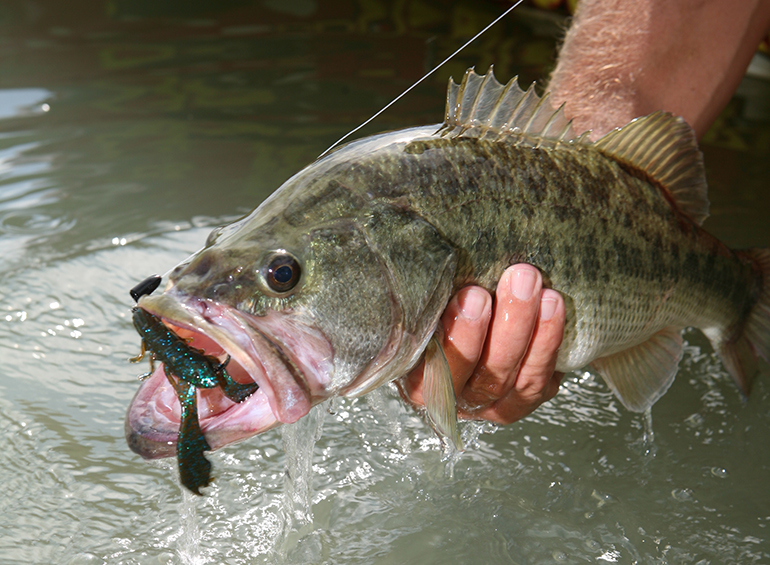
Unlike most salmon, steelhead can survive spawning, and can spawn in multiple years. Steelhead and rainbow trout are the same species, but rainbow are freshwater only, and steelhead are anadromous, or go to sea.

Scientific Name: Oncorhynchus mykiss irideusĬommon Names:Sea-Run Rainbow Trout, Steelie Tiger trout are a sterile cross between a male brook trout and a female brown trout. Tiger trout(hybrid) have worm-like markings covering the entire body. Scientific Name: Salmo trutta X Salvelinus fontinalis There is no spotting on the body or fins.>

Palominos are a deep golden-yellow in body color, with pinkish lower fins, pink or red tones on their cheeks and with the rainbow’s reddish lateral stripe. Scientific Name: Oncorhynchus mykiss (variation) Rainbows are among the most popular trout with American anglers. Thry can weigh an average of 2-20 pounds and measurements of 35 inches in length are not uncommon. They are native to the Northwest but have been widely introduced across the U.S. Rainbow trout are steel-blue to slate in color with a broad pink or red lateral stripe, dark spots and a lighter underside. Notwithstanding differences in abundance, the density of biomass of lake trout is fairly consistent in similar lakes, regardless of whether the lake trout populations they contain are planktivorous or piscivorous. Piscivorous lake trout grow much more quickly, mature at a larger size and are less abundant. In those lakes that do contain deep-water forage, lake trout become piscivorous. Lake trout in planktivorous populations are highly abundant, grow very slowly and mature at relatively small sizes. In these lakes, lake trout take on a life history known as planktivory. Some lakes do not have pelagic forage fish during the period of summer stratification.

There is the Common Lake Trout (Salvelinus namaycush namaycush), the Siscowet Lake Trout (Salvelinus namaycush siscowet), and the less common Rush Lake Trout (Salvelinus namaycush huronicus). Three subspecies of Lake Trout are accepted. Many native lake trout populations have been severely damaged through the combined effects of hatchery stocking (planting) and over harvest. Populations are extremely susceptible to overfishing. The lake trout is a slow-growing fish, typical of oligotrophic waters. They are pelagic during the period of summer stratification in dimictic lakes, often living at depths of 20–60 m (66–197 ft). Lake trout inhabit cold, oxygen-rich waters. Ĭommon Names: Mackinaw, Lake char (or charr), Touladi, Togue, Grey trout, Siscowet, Paperbelly and Lean Brown trout and atlantic salmon look very similar. Wild brown trout may have bright red and orange spots and an orange adipose fin.

The lower fins are typically brown, tan or nearly colorless and may have a white leading edge. Ĭommon Names: Brown, Brownie, English Brown Trout, European Brown Trout, German Brown Trout, German Trout, Lochleven Trout, Von Behr Troutīrown trout have a light body with dark spots. Stocked brook trout are typically less colorful than wild brook trout. The lower fins are typically red-orange with a white leading edge. If we forgot a fish please let us know.Ĭlick a species name to jump to a description:Ĭommon Names:Aurora Trout, Brookie, Coaster, Common Brook Trout, Eastern Brook Trout, Mountain Trout, Mud Trout, Sea Trout, Speck Troutīrook trout have a dark body with light spots and a worm-like pattern on back, head, and sides. Also, a photo of a fish in the water is very hard to properly identify. We all want to be in the photo with our catches but that makes identifying a fish very difficult if the photo does not show proper details. When submitting photos for identification help, try to have a close up of the actual fish. If submitting a photo for identification, please include the location that the fish was caught in (body of water, town and state).
NORTH CAROLINA FRESHWATER FISH FREE
If you have caught a fish or have a picture of a fish you cannot identify feel free to submit a photo to us and we will give you a hand. Freshwater Fish Identification Below is a complete list of freshwater fish found within the Northeast accompanied by a clear photo and description of the fish.


 0 kommentar(er)
0 kommentar(er)
